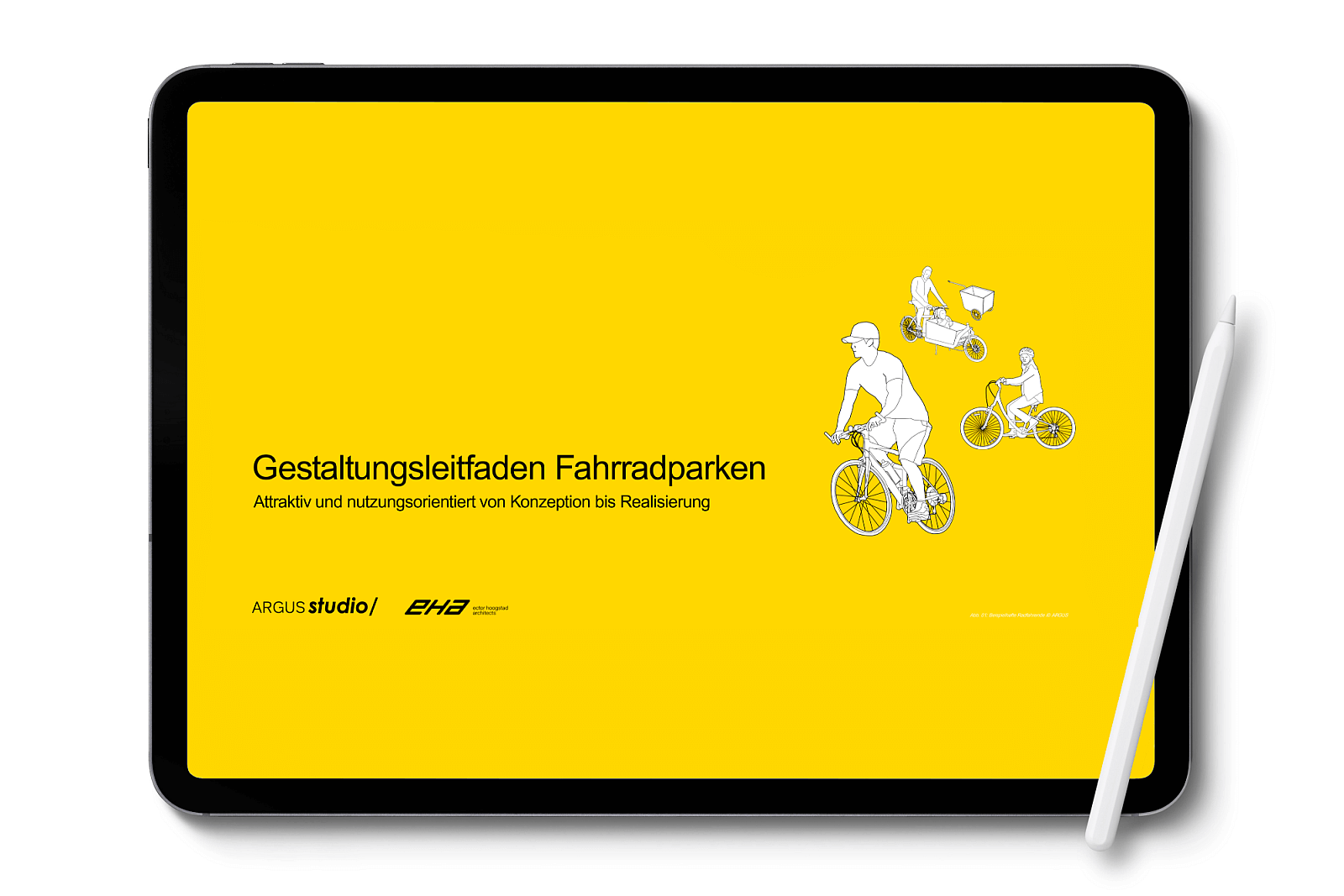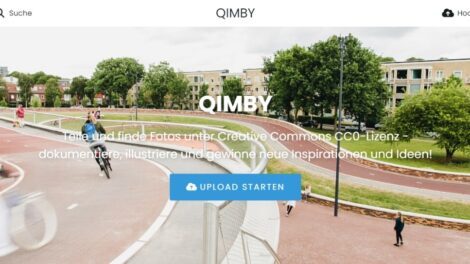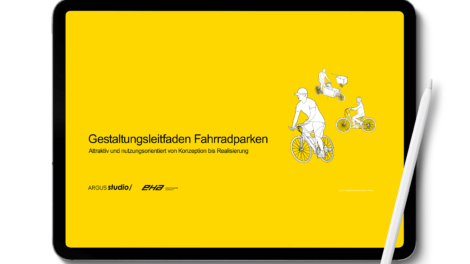
Im nächsten Jahr soll das International Transport Meeting an der Universität Hasselt, Belgien, stattfinden. Hierzu werden noch Sponsoren gesucht. Unternehmen, die ein Studentenprojekt mit Verkehrswissenschafts-Studenten aus ganz Europa unterstützen möchten, können mir gerne eine Mail schreiben.
Mehr Informationen über das ITM.
English version
The city centre of the Belgian city Ghent is a largely car free area. This development is originated in the mobility plan 1996. 15 underground parking garages, which are located throughout the downtown area, take up the local traffic. Each household is allowed to park a vehicle free of charge, additional vehicle costs an annual fee. The above-ground parking spaces will be gradually dismantled and converted into parks and places, which are pleasant to stay.
The International Transport Meeting 2013 will take place at the University of Hasselt, Belgium. Sponsorships are still being sought. Companies and organizations that want to sponsor a student project with traffic science students from all over Europe, are invited to write me a mail. If you would like any further information, please don’t hesitate to contact me.
For more information see this article about ITM 2012.
Transkript / transcript:
Good day everybody!
My name is Kevin, I’m studying at the University Hasselt. Today I will give you a presentation about “Ghent gives the street back to the people”. So I will present you Ghent. Here you can see some pictures from Ghent.
Ghent is the third-biggest city in Belgium. Belgium is located between the Netherlands, France and Germany. Ghent is situated in the Western part of Belgium – you can see it here.
Now I want to give some data about Ghent. You can see the map of Ghent. In the north of Ghent you have the port of Ghent. You can see the center of Ghent and there is a ring road around – you can see here. And the surface of Ghent is around 15.000 hectare surface. In Ghent are living 246.000 inhabitants. Ghent is a – umm – students city. There are a lot of schools in Ghent. There are about 300 schools and about 130.000 pupils and students in Ghent.
Now I will give some information about the Modal Split. There are 59 percent use the car in Ghent. There are a lot of people who walk in Ghent, because 17 percent go on foot in Ghent. There are also a lot of bikers, 14% and bus, tram, train are not very popular in Ghent, but they are used.
Now I go to talk about the mobility in Ghent.
The strategic goals about mobility Ghent must be easily and selectively accessible for all target groups in space and time and they also want to work about co-ordination, communication, regulations, preservation and research are of vital strategic importance. They found, that’s really important in their mobility plan.
And the main question in Ghent is: Should we choose for car of other things? So, you can choose for car and may you have some at the right side. Or you can choose for walking and cycling Because nowadays are a lot of cars in Ghent. So, that are the same streets. This is the oldest one where you have a nice view, children are playing on the streets. But in these days it is impossible to play on the streets. So you have to think about how do you manage your mobility in the city.
So, Ghent developed a plan and they wanted to humanise the streets. They want to give the streets back to the people, not cars. You have to think about people by foot or by bike. It doesn’t matter. But they want to make meeting places in thy city so it will be very pleasant to be in the city.
Ghent has developed a mobility plan and this are some points, the most important points of the mobility plan: Reduction of redundant car traffic. Also no car traffic through the city center. They want more space for cyclists and pedestrians, also free driveways for public transport. So you don’t have no problems with delays of PT and traffic jams of cars. They want also a pleasant city to live work and visit. Tourism is also an important part in Ghent.
So now I will give some examples of our “Ghent gives the streets back to the people”. They developed a pedestrian area which is about 35 hectares. So it is a big space where only pedestrians and cyclists are allowed. No cars are allowed in this space. And this space is in the center of Ghent. In the old city of Ghent are no cars allowed.
Here you can see already a picture of the street. So Ghent gives the streets back to the pedestrians and the cyclists and you get a nice view of the city. No cars are on the pictures.
But there are some exceptions, because when you want to deliver some goods to the shops you are allowed to go in this area but there are strict timetables. You are only allowed in the morning or the evening. At the day you may not deliver goods to the shops or something. And also for professional reasons you can get a permission to go with your car in the city but then, when you are entering the pedestrian zone, you have to drive very slow. You are not allowed to drive faster than 30 kilometers per hour. At this moment there is not a lot of control (only a little bit), but at the end of this year there will be a detection system. So when a car drives through the pedestrian area and it is not allowed to be there, it will get a fine. And the fines are very high, so nobody will drive through the pedestrian area in the future.
Ghent did also reconstruction of the public area. So the public spaces will be very nice to stay. They try to create a pleasant city to live in, also a better public area and giving the streets back to the people. So you can see it on the picture: a lot of people are sitting on a bank and enjoying the sun and the city.
Now I will give some examples from the public spaces they reconstruct. This is an old picture, there are a lot of cars on this picture and it is a place – Gras- en Korenlei it’s called and nowadays it looks like this. All the cars are gone. You can only see pedestrians, cyclists and boats. You can also have a boat trip.
Another example: Of the Korenmarkt … there are a lot of cars of the Korenmarkt. But nowadays you can see, there are no cars. Only bus, tram, pedestrians and cyclists. SO it is very nice to be there.
Also on the Vrijdagmarkt. It was a big parking space with a lot of cars on it. And now all the cars are gone, they build a parking space underground so you don’t see any cars any longer in the pedestrian zone. Also there are some festivals, music concerts at the Vrijdagmarkt.
They also developed a tourist sign post, so when tourists come to Ghent they can find very easily all the tourist attractions. You have only to follow the signs and you will come to your tourist attraction. So it is really easy to walk I the city of Ghent.
They also have an pavement action plan. In 2010 they developed . They put a lot of money in the reconstruction of pavement. So the pavement is really good, old people don’t fall in holes or something.
In the first year they have already renewed 10.000 square meter of pavements and in 2014, when the plan ends, all pavements in the old city will be perfect.
They also do a lot of campaigns to convince people in Ghent to go by foot or take a cycle. You can see some campaigns. “Gent, stad van mijn voeten”, in English: “Ghent, the city of my feet” and you can see all these posters in the city of Ghent.
They also developed a map for pedestrians. Now you can get a map from the city to see how you have to drive your car to the city, but they developed a special map for pedestrians. So now you can see on the map if you want to go from this place to this place there takes, for example, five minutes to walk. All the red lines are the walking lines to go from one place to another. Each line, they tell you, how long it takes to go from A to B. It is an very interesting map. Here you can see the whole city.
Thanks for your attention.
Question: How do you control the cars in the pedestrian area? Do you know how they do it?
Now there is police control. So the police is allowed to drive in the pedestrian zone, when they drive really slowly and when they are seeing a car, they go to the driver and ask if he or she has a permission to be there, because you need a permission to be there. They have some cars for the window, so the police can see if they are allowed or not allowed. But now at the end of the year they are going to install some traffic cameras and they recognize your number plate and if your number plate is not allowed to be in the pedestrian area you will get a fine. So, the control will be better at the end of the year. But now it is already very good. There are not many cars which drive through. People know that it is not allowed. There are big signs that you can’t go with your car in the city.
Question: Where do the people, who live in the city, where do they park?
Ghent made 15 parking spaces under the ground. So people, who live in Ghent can park their car there.
Question: Do you know how big are the fines when you go into the city with your car?
150 Euro.
Question: And these underground parking places, they are free for the people?
For the inhabitants? –Yeah – They are free for one car. When you have two cars you have to pay, I don’t know the price, but it is around 150 Euro for one year. But, tourists and so have to pay more.
Question: It is allowed to capture the number plates? Because I Germany it is totally forbidden.
In Belgium it was a problem a few years ago, but the law has changed. So the police now can control your number plate and the address to the number plate. The trend in Belgium is, you don’t have speed limits and one speed camera, but you have two speed cameras at one point and at a kilometer another speed camera. So they measure your speed at one kilometer. Today people know where the speeding cameras are and they break and when you are away from the speed camera they accelerate again. But now it is not possible any longer. You have to travel the whole kilometer with the right speed, otherwise you get a fine. And that’s also on your number plate.














Das stimmt. Ich hab auch großen Respekt davor. Hätte es also eher schlechter gemacht ;)
Ziemlich interessant. Es wäre toll, wenn man das auch vermehrt in Deutschland umsetzen würde. Es muss ja auch gar nicht ein riesiges Gebiet sein. Einzelne Viertel die von Hauptstraßen durchzogen sind, wären aber ein Anfang.
Schade, dass der Vortragende erst am Ende solch wichtige Punkte wie die Parkhauseinbindung angesprochen hat. Das hätte eigentlich als Folie in den Vortrag gehört. Aber vielleicht wollte er es sagen und war einfach nur zu nervös. ;)
Hallo,
Vorträge auf englisch sind noch einmal eine ganz andere Hausnummer. Das ist bestimmt nur untergegangen, obwohl es eine echt lockere Atmosphäre war… :-)
Aber es wird ja das ITM 2013 geben…
Gruß,
Martin